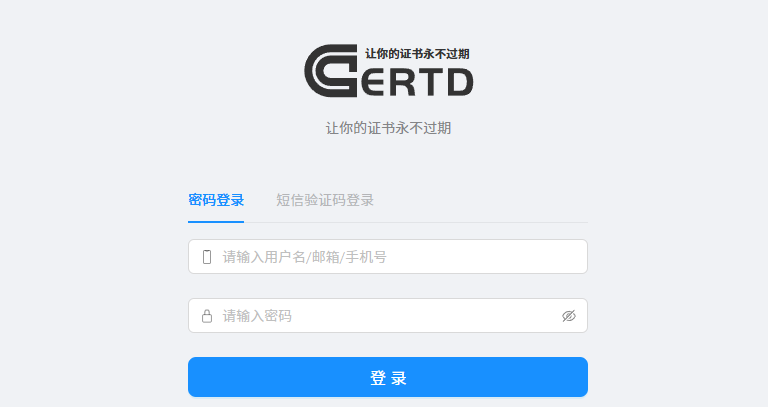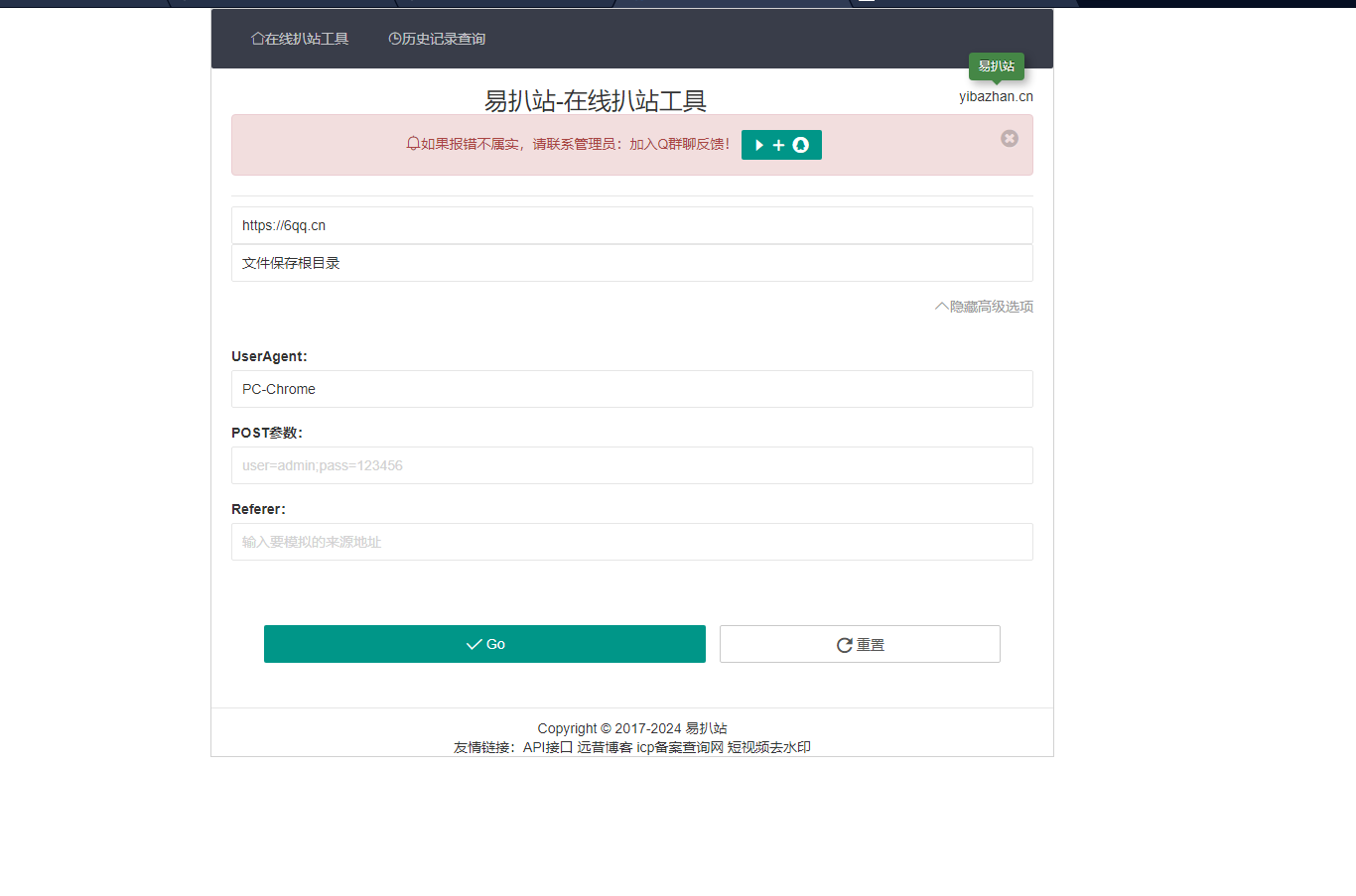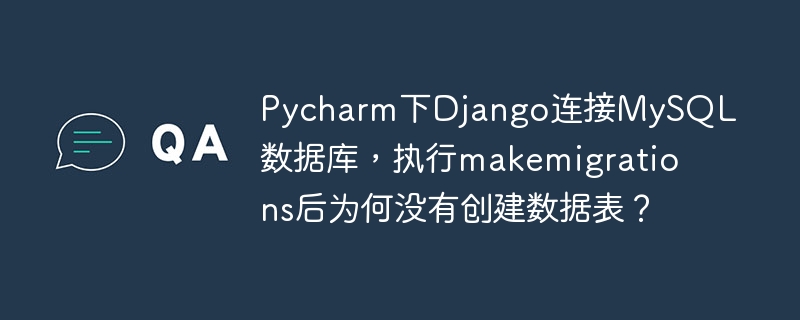
在laravel項(xiàng)目中,實(shí)現(xiàn)基于權(quán)限的數(shù)據(jù)導(dǎo)出和導(dǎo)入功能是一項(xiàng)比較常見的需求。本文將介紹如何通過(guò)Laravel框架提供的一些擴(kuò)展包和權(quán)限管理機(jī)制,來(lái)實(shí)現(xiàn)這個(gè)功能。
- 使用Laravel-excel擴(kuò)展包進(jìn)行數(shù)據(jù)導(dǎo)出和導(dǎo)入
Laravel-Excel是一個(gè)非常好用的Excel導(dǎo)入和導(dǎo)出擴(kuò)展包,它提供了簡(jiǎn)便的API,可以輕松地實(shí)現(xiàn)Excel文件的讀寫操作。以下是使用Laravel-Excel進(jìn)行導(dǎo)入和導(dǎo)出的簡(jiǎn)單操作步驟。
安裝依賴:
composer require maatwebsite/excel
在config/app.php文件的providers中添加以下服務(wù)提供者:
MaatwebsiteExcelExcelServiceProvider::class,
使用artisan命令生成配置文件:
php artisan vendor:publish --provider="MaatwebsiteExcelExcelServiceProvider"
此時(shí),config/excel.php配置文件就會(huì)被生成,我們可以通過(guò)對(duì)其進(jìn)行修改來(lái)配置自己的Excel導(dǎo)入和導(dǎo)出方式。
在需要進(jìn)行Excel導(dǎo)入和導(dǎo)出的Controller中,引入命名空間:
use MaatwebsiteExcelFacadesExcel;
進(jìn)行Excel導(dǎo)出:
public function export(Request $request) { $this->authorize('permission_name'); //權(quán)限驗(yàn)證 Excel::create('filename', function($excel) use ($data) { $excel->sheet('sheet_name', function($sheet) use ($data) { $sheet->fromArray($data); }); })->export('xlsx'); }
進(jìn)行Excel導(dǎo)入:
public function import(Request $request) { $this->authorize('permission_name'); //權(quán)限驗(yàn)證 $file = $request->file('file'); Excel::load($file, function($reader) { $results = $reader->all(); //對(duì)導(dǎo)入的數(shù)據(jù)進(jìn)行處理 }); }
- 使用Laravel權(quán)限管理機(jī)制來(lái)控制導(dǎo)入和導(dǎo)出的權(quán)限
Laravel提供了非常好用的權(quán)限管理機(jī)制,我們可以通過(guò)使用Laravel自帶的Auth,來(lái)實(shí)現(xiàn)對(duì)用戶角色的鑒權(quán)。以下是控制數(shù)據(jù)導(dǎo)入和導(dǎo)出的權(quán)限示例代碼。
首先,在數(shù)據(jù)庫(kù)中為導(dǎo)入和導(dǎo)出操作定義權(quán)限名稱:
//數(shù)據(jù)庫(kù)遷移文件 public function up() { Schema::create('permissions', function (Blueprint $table) { $table->increments('id'); $table->string('name')->unique(); $table->string('display_name')->nullable(); $table->string('description')->nullable(); $table->timestamps(); }); DB::table('permissions')->insert([ ['name' => 'export_data', 'display_name' => '數(shù)據(jù)導(dǎo)出', 'description' => '可以導(dǎo)出數(shù)據(jù)'], ['name' => 'import_data', 'display_name' => '數(shù)據(jù)導(dǎo)入', 'description' => '可以導(dǎo)入數(shù)據(jù)'], ]); }
然后,在用戶管理模塊中,為用戶定義角色和權(quán)限:
//在用戶管理模塊中為用戶定義角色和權(quán)限 $user = User::find(1); $exportDataPermission = Permission::where('name', 'export_data')->first(); $importDataPermission = Permission::where('name', 'import_data')->first(); $adminRole = new Role(); $adminRole->name = 'admin'; $adminRole->display_name = '系統(tǒng)管理員'; $adminRole->description = '擁有系統(tǒng)所有權(quán)限'; $adminRole->save(); $user->attachRole($adminRole); $adminRole->attachPermissions([$exportDataPermission, $importDataPermission]);
最后,在Controller中,使用authorize方法對(duì)用戶角色進(jìn)行鑒權(quán):
public function export() { $this->authorize('export_data'); //進(jìn)行數(shù)據(jù)導(dǎo)出操作 } public function import(Request $request) { $this->authorize('import_data'); //進(jìn)行數(shù)據(jù)導(dǎo)入操作 }
.jpg)

















.png)
